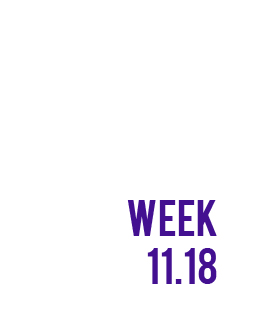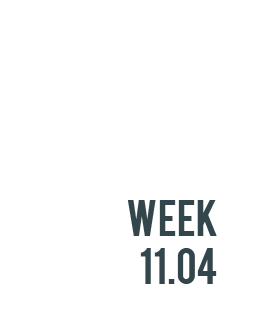
Here’s what the sports science team at IMeasureU is reading this week:
The first item this week is from Thomas Provot and colleagues in the Computer Methods in Biomechanics and Biomedical Engineering Journal. The aim of this study was to be able to observe the impact of the exhaustion level of amateur runners on the accelerometric signature in running. The results of the statistic test do not show any significant difference between each exhaustion level and the initial level. As a result, the exhaustion does not impact acceleration signature. However, the authors did follow up with the following statement: the previous remark shows that it is difficult to observe the impact of fatigue since the participants seem to exhibit different behavior. If the results seem ambiguous, whatever the impact of exhaustion, two behaviors can be expected. Either exhaustion impacts the variability of the stride: in this case it would be possible to observe a decrease in the CMD with the exhaustion level. Either exhaustion impacts the stride signature: in this case the signature in the initial and final level could be different, but then the CMDs could still present variability because the signature will remain similar in the 30 strides of the studied level.
The second article in this week’s list comes from Timothy Mauntel and colleagues in the Journal of Athletic Training. The aim of the study was to determine how lower extremity stress fractures risk factors influence bone metabolism. They concluded that stress fracture risk factors accounted for 66% of the procollagen type I aminoterminal propeptide : cross-linked collagen telopeptide ratio variability, a potential surrogate for
bone health. Our findings provide insight into how stress fracture risk factors influence bone health. This information can help guide stress fracture risk-mitigation strategies.
The final article comes from Michelle Sandrey and colleagues in the Journal of Sports Rehabilitation. The article aimed to evaluate muscle activation in the lower leg and tibial accelerations (TAs) prefatigue to postfatigue following a jumping task in those with and without a history of stress fractures. They concluded that a decrease in muscle activity and an increase in tibial acceleration following fatigue were noted for all subjects but especially for those with a history of stress fractures.
For more sports science check out our blog for in-depth case studies and industry updates. Also, be sure to sign up for our newsletter below so you are always up to date with the latest research.




